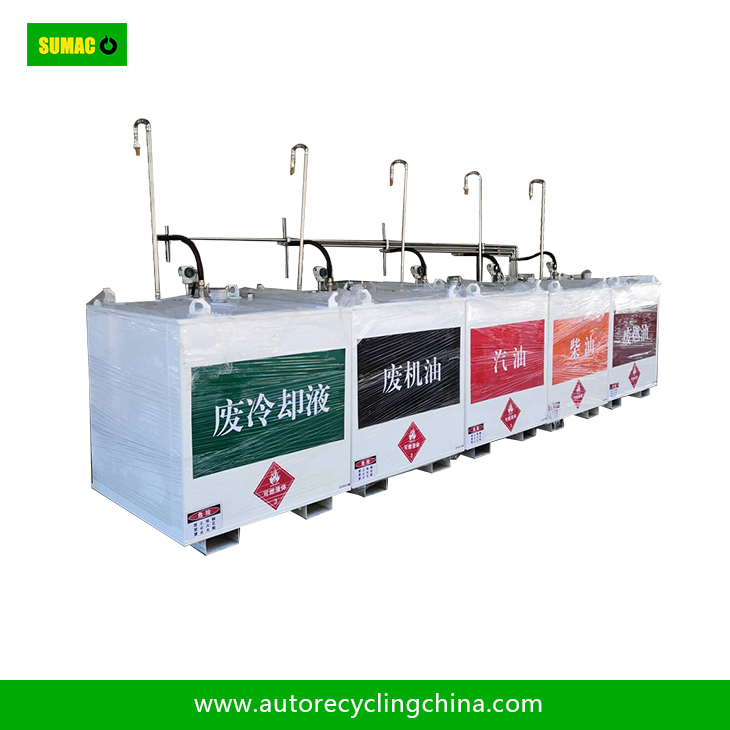Self-bunded tanks are designed with inherent structural resilience, but their seismic performance depends on multiple engineering and installation factors. Here's how they withstand earthquake forces:
1. Structural Design Features
-
Double-Wall Construction: The outer bund provides additional structural support, improving impact resistance during ground movement.
-
Reinforced Joints: Critical welding points and pipe connections are reinforced to prevent rupture under stress.
-
Low Center of Gravity: Flat-bottom designs enhance stability compared to tall, slender tanks.
2. Anchoring & Base Requirements
-
Seismic Anchors: Tanks in high-risk zones require anchor bolts (per IBC/ASCE 7 standards) to resist uplift and sliding forces.
-
Flexible Pipe Connections: Use expansion loops or braided hoses to accommodate movement without leakage.
3. Material Considerations
-
Steel Tanks: High-grade carbon steel with ductility to absorb deformation.
-
Polyethylene Tanks: Flexible material better accommodates ground movement but may require additional restraints.
4. Liquid Dynamics Mitigation
-
Baffle Systems: Optional internal baffles reduce sloshing effects that could destabilize the tank.
-
Partial Fill Limits: Maintaining ≥80% capacity minimizes free surface movement during quakes.
5. Testing & Certification
-
Shake Table Tests: Simulate seismic activity to validate performance (e.g., EN 1998-4 standards).
-
Finite Element Analysis (FEA): Computer modeling predicts stress points for optimization.
-

